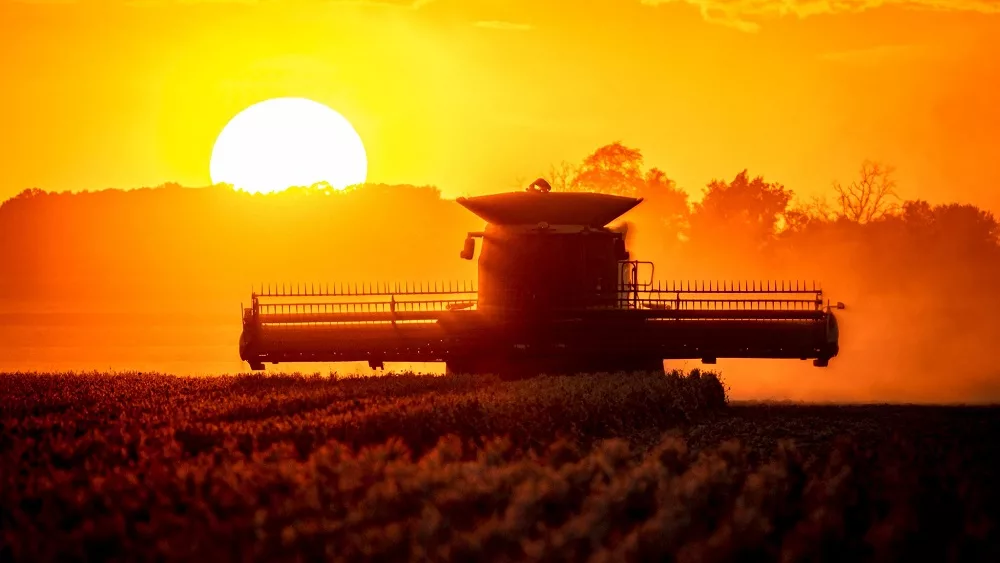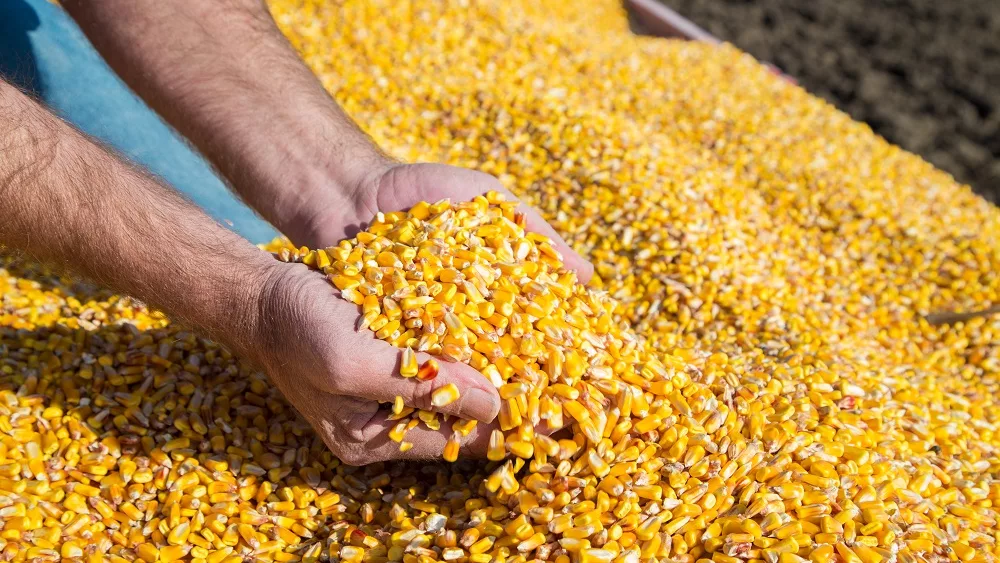
As Indiana’s farmers gear up for harvest, it may be hard to tell at this point what corn and soybean yields will ultimately look like.
“So, I’ve done this for 30 years. This is a tough one to predict what the corn yield is going to be,” says Shad Schenck, a dealer with Specialty Hybrids from Waynetown in Montgomery County.
He says the challenging weather conditions this year have added to the uncertainty of what to expect before Indiana’s corn is harvested.
“We going to have some decent corn, but we’re going to have some corn that’s hurt,” according to Schenck. “We had a lot of days of 90 degrees this summer, which everyone knows. Also, a lack of rain in certain areas so corn crops are not going to be probably what people would like it to be. It’s definitely going to be off, probably under people’s APH (Actual Production Yield) by possibly 20 bushels or more.”
On the other hand, Shad soybean crops across west central Indiana are looking really good.
“I’m pretty encouraged. We’ve had some late rains, and that has been a big deal for the soybeans, so soybeans could really carry the farm this year,” according to Schenck.
The USDA is forecasting record soybean yields for this fall. Does Schenck think that will be the case?
“We certainly could see it. I don’t anticipate seeing a record yield, but I anticipate seeing a good yield,” says Schenck. “Some people did, with input prices high, make the decision to plant more beans than corn, and I’d rather be lucky than good. I think that may work out those guys pretty well.”
So how soon can you expect to see combines and grain trailers hitting the fields?
“Most harvests will not start for a couple of weeks. Soybeans possibly could start next week, so that will tell us a lot about what’s going on.”
Schenck says a lot of farmers in his area will see a pretty good return on investment after all is said and done with the time and money spent on fertilizer and fungicide applications.
“If you can increase your yield about 10 percent, you will increase your farm revenue 50 percent,” according to Schenck. “That’s big. Once you start putting that down on paper and realizing how important each one of these steps are to get that extra ten percent, that can make or break the farm.”
Click BELOW to hear C.J. Miller’s radio news story on the higher yield that’s expected for Indiana’s soybeans, but a lower yield for corn may be likely at harvest.
Click BELOW to hear the FULL Podcast interview with Shad Schenck, a Specialty Hybrids dealer, about crop conditions throughout west-central Indiana leading up to harvest.
At Specialty Hybrids, it’s your field, our Specialty. Find your local field sales representative and dealer online at www.specialtyhybrids.com.





